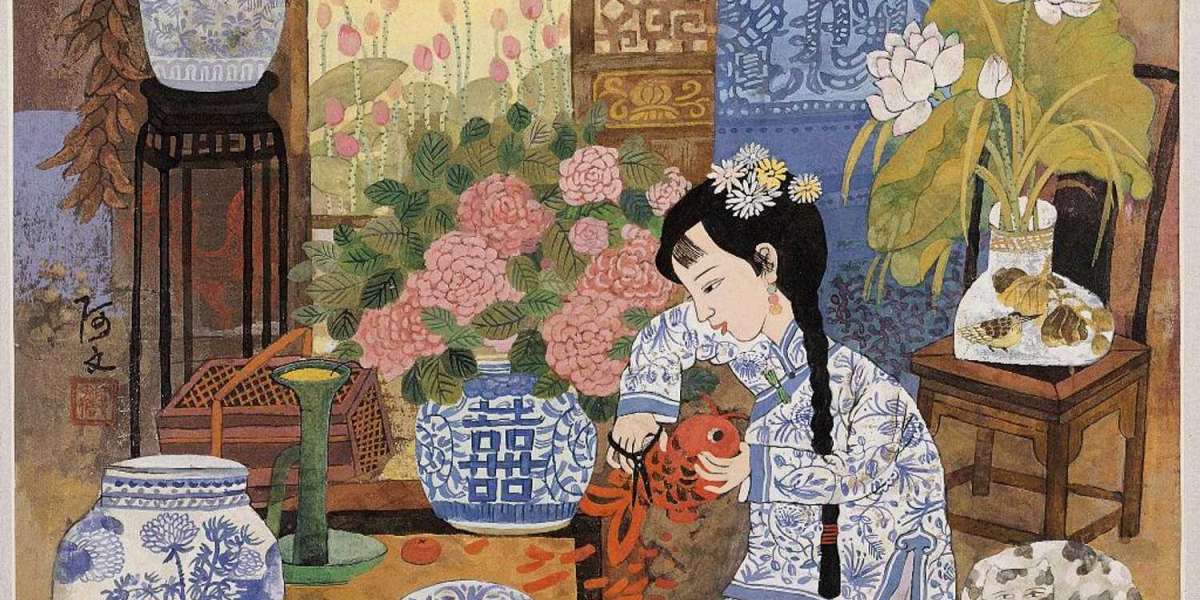Modern Chinese artists have played a significant role in shaping the global landscape of contemporary art. Emerging from a rich artistic heritage and responding to rapid political, cultural, and economic changes in China, these artists often blend traditional techniques with modern themes, challenging conventions and exploring issues such as identity, freedom, memory, and globalization.
One of the most internationally recognized modern Chinese artists is Ai Weiwei. A multifaceted figure—artist, architect, and activist—Ai uses his art as a platform for social and political commentary. His installations often critique government censorship, human rights abuses, and the consequences of modernization. Works like “Sunflower Seeds” (2010), which featured 100 million hand-painted porcelain seeds at the Tate Modern in London, highlight both traditional Chinese craftsmanship and mass production’s role in modern society. Ai’s activism has made him a symbol of artistic resistance, and his work bridges the gap between Chinese political history and global contemporary art.
Zhang Xiaogang is another influential artist known for his haunting portrait series “Bloodline: Big Family.” These surreal, grayscale portraits reflect the cultural impact of the Cultural Revolution and the role of family, memory, and identity in Chinese society. His dreamlike style and use of red lines connecting family members represent the invisible, sometimes oppressive ties between generations and state ideologies.
Cai Guo-Qiang, originally trained in stage design, is renowned for using gunpowder and explosives to create dramatic, ephemeral artworks. His large-scale installations and pyrotechnic displays explore the tension between destruction and creation. One of his most iconic works, “Sky Ladder” (2015), involved launching a 500-meter-long ladder of fire into the sky, symbolizing ambition, heritage, and connection between earth and heaven. Cai’s art, rooted in Daoist cosmology and martial arts philosophy, has captivated audiences worldwide, including at the 2008 Beijing Olympics, where he directed the fireworks.
Xu Bing is notable for his conceptual approach to language and communication. His work “Book from the Sky” (1987–1991) features thousands of characters that resemble Chinese writing but are entirely invented. This piece critiques the relationship between language, meaning, and power, especially during times when language was manipulated for political purposes. Xu also created “Square Word Calligraphy,” which turns English words into forms resembling Chinese characters, symbolizing cross-cultural understanding and confusion.
Yue Minjun is best known for his self-portraits with a frozen, exaggerated smile—a reaction to the absurdity of social and political life in modern China. His colorful, pop-art-style paintings satirize everything from historical events to contemporary consumerism. Although his smiling figures seem joyful, they often mask darker truths about conformity and suppression.
These artists, among many others, reflect the complexity and diversity of modern China. They use their platforms to engage with both personal and collective narratives, drawing from a tumultuous past while imagining new futures. Whether through sculpture, painting, installation, or performance, modern Chinese artists have expanded the boundaries of art and given voice to a rapidly changing society.
In conclusion, modern Chinese artists are not only shaping contemporary art in China but also influencing global artistic dialogues. Their innovative approaches and bold ideas continue to inspire audiences around the world, blending the traditional and the modern in powerful ways.











